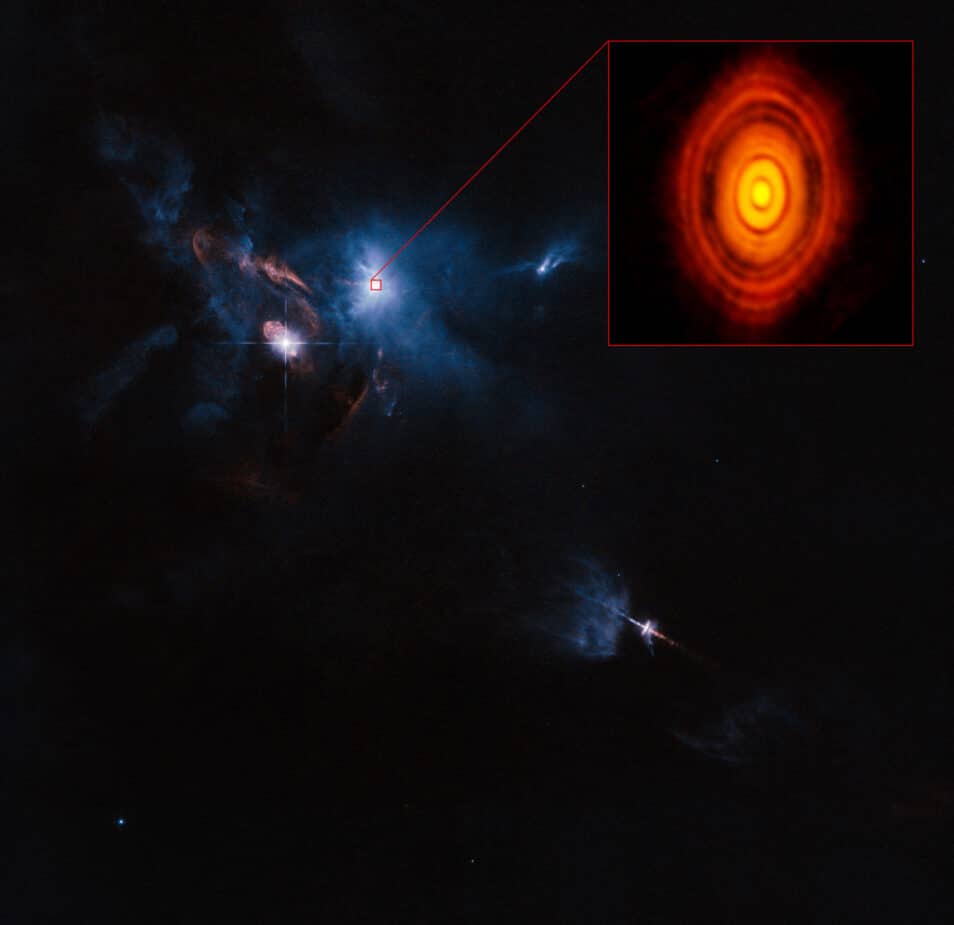

No extraterrestrial life has yet been found outside our planet, but there is a good chance that astronomers will encounter a second Earth one day.
When we gaze at the night sky at night, we see an endless sea of stars. Yet we only spot a fraction of all the stars in the Milky Way. For example, the closest star – Proxima Centauri – cannot be seen with the naked eye. In 2013, scientists calculated that there are at least a hundred billion planets in our galaxy alone. This is a lower limit, so the actual number may be much higher. Astrophysicist Ethan Siegel thinks the actual number closer to ten trillion† “Then I don’t count solitary planets,” Siegel says. These are planets ejected from a planetary system and do not orbit a star. “Then that number may increase by a factor of 100 or 1,000,000. So there might be trillions of planets just in our galaxy.”
Now we are only talking about our own galaxy. There are at least 200 billion galaxies in the universe. If we assume one trillion planets per galaxy, then there are many trillions or even quadrillions of planets.
Is there a second earth?
These numbers are impressive. But on how many of these planets is life possible? We now know that there are many different planets in the universe and that many of these planets are falling as candidates. It’s too hot, it’s too cold, it’s a gas planet or the parent star isn’t stable. On the other hand, scientists encounter life forms such as bryozoans and tube worms in extreme places on Earth, such as under Antarctic ice shelves, so life can take a beating. In 2020, astronomers calculated that there may be six billion Earth-like planets in the Milky Way. They based themselves on data from the Kepler telescope.
But is there intelligent life on any of these six billion planets? A difficult question to answer. On Earth it took 4.5 billion years for an intelligent life form to emerge, but this does not have to be a standard rule. Perhaps modern man is very unique. Or maybe not. Scientists simply don’t know. In addition, intelligent civilizations can disappear and perish due to their own behavior (eg climate change, war) or external events (meteor impact). Scientists at the University of Nottingham claim that there is currently be at least 36 intelligent civilizations in our galaxy capable of communicating with us, but this conclusion should be taken with a grain of salt. Many assumptions are made and there is (of course) no hard evidence that these numbers are actually correct. An interesting statistical study, but that’s about it.
Solar system in the making
Surely we can’t be alone in this universe? That seems statistically impossible. All around us we find planets and new worlds are born, as seen in this week’s space photo. The Atacama Large Millimeter/submillimeter Array — an interferometer of 66 radio dishes — captured this photo of the birth of a solar system. Here we see the young star HL Tauri surrounded by the protoplanetary disk. The star is only one million years old, but we are already seeing dark lanes in the dust disk. These are orbits wiped clean by young protoplanets. So here planets revolve around the young star. “It’s surprising to see this in this image, as we didn’t know that such young stars already have large planets that can clear their orbits,” said ALMA project director Stuartt Corder in 2014.

This summer, the James Webb Space Telescope will open its eyes and hopefully we will discover more Earth-like planets. James Webb is able to search for biosignatures in the atmospheres of other planets. Such a biosignature is the presence of oxygen. By ‘sniffing’ the atmosphere of an exoplanet, scientists can determine whether life may be present. Hopefully, astronomers will then get a clear answer to one of life’s biggest questions: are we alone?
Source material:
Image at the top of this article: ALMA